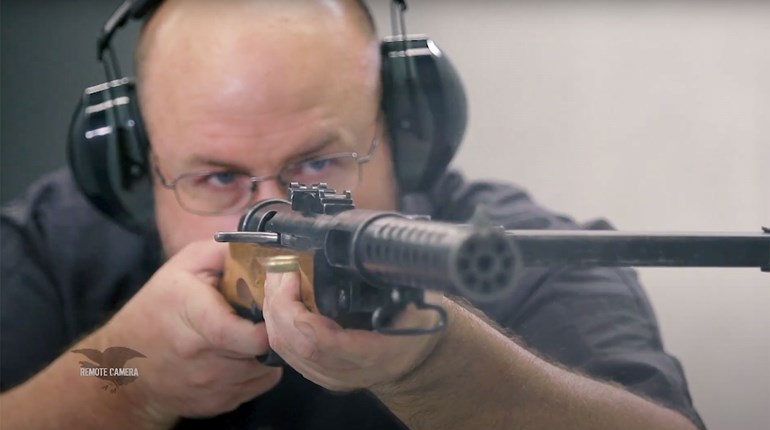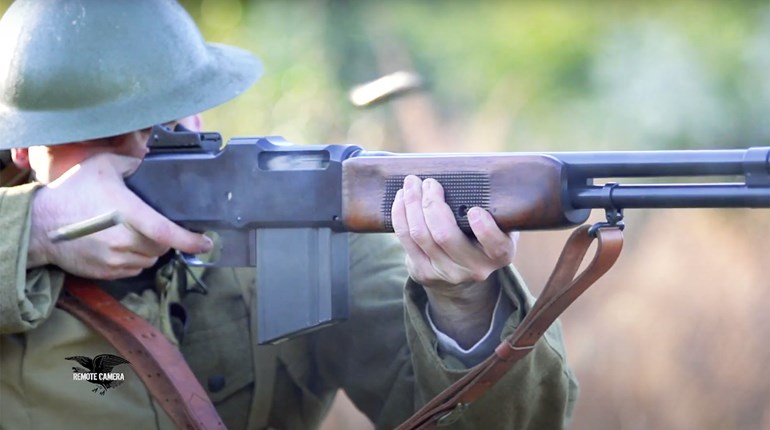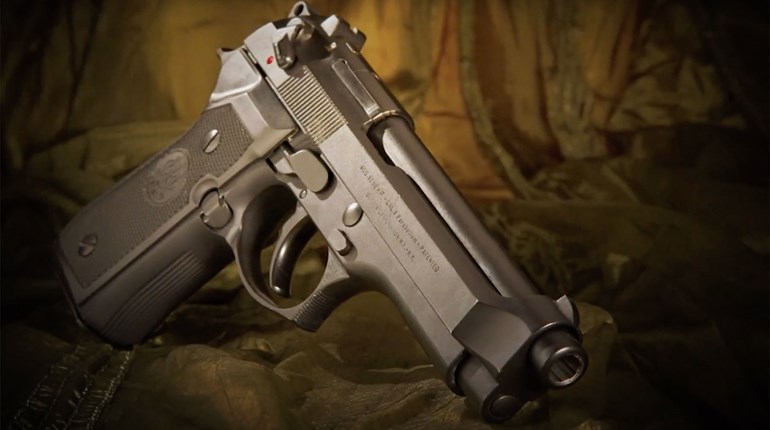
With apologies to “I Have This Old Gun…”
On April 26, 1877 a Single Action Army revolver, serial number 36xxx was shipped from the Colt factory in Hartford, Conn. to the Colt Patent Fire-Arms Mfg. Co., London Agency, London, England. It was one of three sent across the pond that day, but this revolver had the lowest serial number. It also happened to be the first SAA chambered in .44-40 WCF to leave the Colt factory.
This revolver’s ultimate destination was not to be in Britain, however. Along with the other two .44-40s, this was a trial revolver for the Turkish army. Word was that the Turkish army was equipped with Winchester Model 1873 rifles chambered in the same caliber. But there was some miscommunication—the Turks had Winchester rifles all right, but they were the 1866 model chambered in .44 Henry Rimfire. Nonetheless, the London Agency quickly shipped the revolvers to Turkey. We know that it was a quick turnaround in London, as there are no British proof marks on these revolvers.
Once the revolvers arrived in Turkey a skilled armorer went about converting the revolvers to the rimfire cartridge. The conversion consisted of modifying the recoil plate and firing pin to accommodate the rimfire cartridge. The cylinder was left unaltered. After firing probably thousands of.44 RF ammo—which is shorter than the .44-40 cartridge—a distinct ring about halfway down the cylinder is clearly visible.
The 7 1/2-inch barrel has six wide lands and grooves. It is not the normal gain twist seen in many of the pre-Frontier barrels from the Army contract of 1873 designed for the .44 Russian round. The barrel is marked with the single-line script address roll mark typical of early first-generation SAAs.
This revolver has seen a lot of use. Somewhere along the line ejector assembly was replaced, and it was not done by a skilled gunsmith. A homemade ejector stud was fitted to the barrel replacing the original screw. Part of this stud sticks into the barrel’s interior. A second-style ejector tube replaced the original. Another mutilation occurred when someone stamped “U.S.” on the left side of the frame in an effort to disingenuously portray the revolver as a U.S. marshal pistol.
Overall this revolver has a brown patina, but traces of the original bluing can be seen on the barrel. The grips are one-piece walnut, and if one examines it closely with a magnifying glass some of the original varnish can be seen.
It is unknown how this SAA retuned to the United States, but it eventually became part of a New England man’s collection. It was sold at auction about 10 years ago to another collector who lives near me in Wyoming. He and I were at a Super Bowl party last weekend, and he asked me if I wanted to see the first .44-40 SAA to be shipped from the Colt factory. Obviously you can figure out my reply. He provided me copies of a factory letter and providence as to the history of this remarkably rare Colt.
Amazingly, he let me examine this cherished piece of history, including cocking it to photograph the modified firing pin. The safety and half-cock notches are gone, and as I approached full cock I noticed the effort straining the mainspring to stack precipitously. I was scared to death that it may have crystallized to the point of shattering under strain, but my concerns were unfounded.
You just never know what will turn up at a Super Bowl party.




































